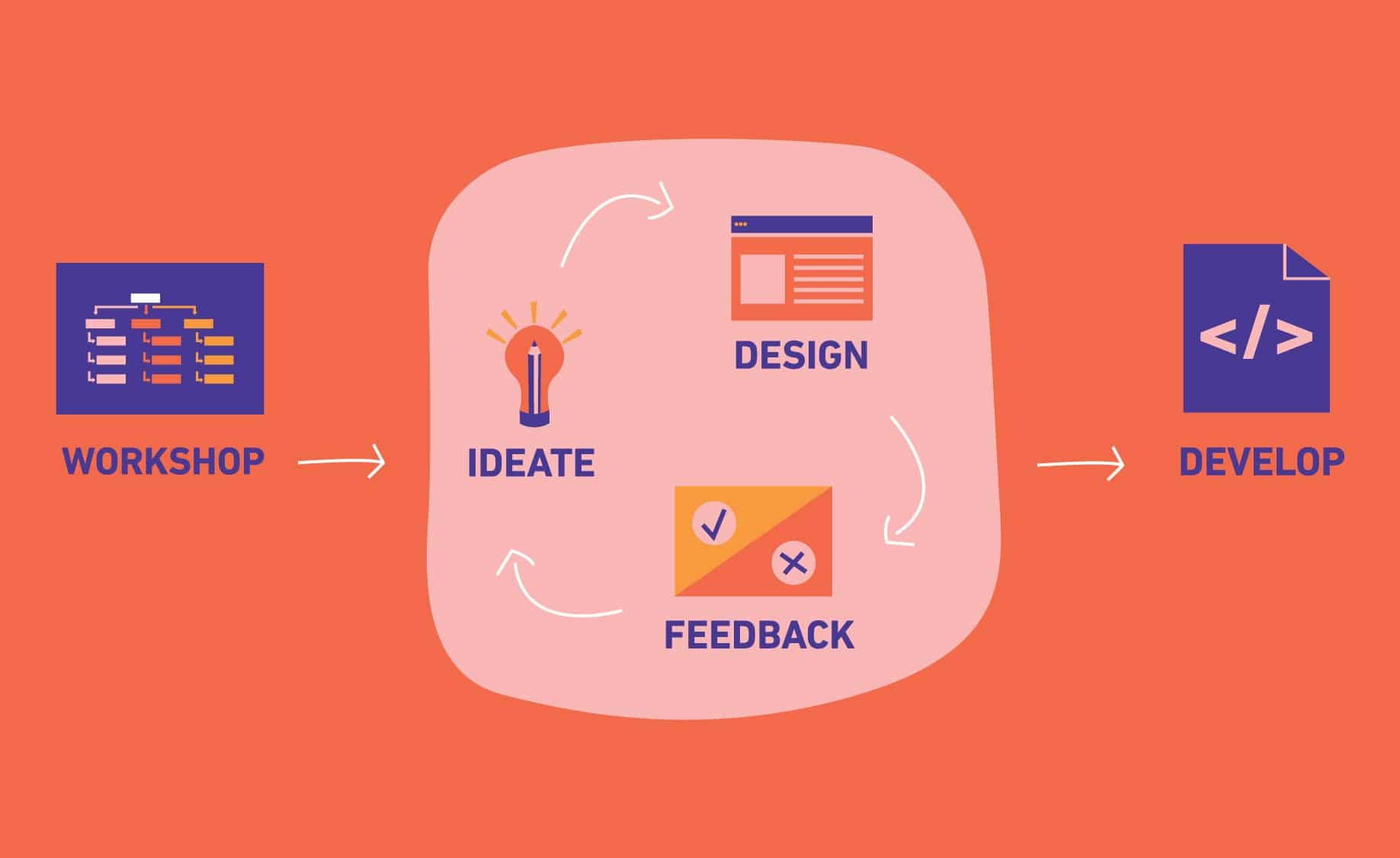Responsive Reimagined: Innovative Criteria for Mobile Web Creation
In the current fast-paced digital landscape, the importance of creating websites that adapt seamlessly to various devices cannot be overstated. An increase in mobile usage has prompted developers and designers to reconsider traditional approaches to web design. Gone are the days of a static website could suffice; today responsiveness has become essential. With technology evolves, so too do user expectations, making it crucial for web development and web design to stay ahead of the curve.
New standards are emerging that transform how we approach mobile web development. From new layouts to faster loading times, the trends shaping the future of web design focus on user experience and accessibility. This article delves into the most recent methodologies and technologies transforming the way we create mobile-friendly applications, underlining the importance of responsive design in the current market.
Mobile-First Designing Guidelines
The mobile first design method prioritizes creating a seamless user experience on smaller screens prior to growing out to more expansive devices. This strategy presumes that users on mobile are the primary audience, ensuring that key functions and content are easily accessible. By starting with the mobile interface, creators can concentrate on the core capabilities that are critical, preventing the urge to overload the design with superfluous features that may distract people.
Another important feature of mobile first designing is the application of responsive layouts and fluid grid systems. These methods enable designs to adapt fluidly to different screen sizes and orientations, offering an ideal visual experience no matter the platform. This responsiveness also enhances user-friendliness but also helps maintain visual integrity across various platforms, making sure that the design remains visually appealing and operational.
Additionally, optimizing load times and performance is paramount when implementing mobile first methods. With increasingly users relying on handheld gadgets for internet access, minimizing data sizes, compressing graphics, and employing effective coding practices become essential. Rapid-loading sites contribute to a positive customer experience, minimize exit rates, and in the end enhance SEO rankings, making efficiency a high focus in contemporary digital development and designing.
Performance Optimization Strategies
In today's rapid digital landscape, performance enhancement is essential for providing an outstanding mobile web experience. A significant aspect of this is minimizing load times. This can be achieved through various methods, such as compressing images and using modern formats like WebP. Implementing lazy loading for images and videos ensures that only the content in the viewport is loaded first, which improves perceived performance and reduces unnecessary data usage.
Another vital technique is the effective use of caches. By employing browser and server caching, developers can store frequently accessed resources, diminishing the time it takes for pages to load on subsequent visits. Using Content Delivery Networks (CDNs) can further accelerate performance by spreading content closer to the user’s geographic location, significantly decreasing latency. AppWeb integrated approach ensures that users experience a seamless interaction, regardless of their device or internet speed.
Additionally, optimizing JavaScript and CSS can lead to more fluid interactions and faster rendering times. This may include minimizing and combining files, as well as deferring or non-sequentially loading non-essential scripts. Minimizing the complexity of code and avoiding blocking resources plays a pivotal role in enhancing the overall responsiveness of web applications. By focusing on these performance enhancement methods, web developers can boost user satisfaction and engagement across mobile platforms.
Innovations in Responsive Design
The realm of adaptive design is changing rapidly with the introduction of new tools that enable developers to create more interactive and intuitive solutions. One important development is the enhanced use of CSS Grid Layout and Flexbox Layout, which allow for more flexible layouts that respond seamlessly to multiple screen sizes. These tools enable designers to implement complex layout structures without diminishing on user-friendliness, ensuring that information remains accessible and aesthetically pleasing across all platforms.

Another trend gaining traction is the utilization of AI in web design. AI tools are more and more being employed to examine user behavior and choices, allowing developers to tailor layouts and elements dynamically. This data-driven approach not only boosts user interaction but also improves performance by ensuring that data loads swiftly and effectively based on the device being used. As AI becomes more sophisticated, its ability to predict user needs will improve the practice of responsive web design.
Lastly, the rise of progressive web applications is changing how users engage with online content. PWAs combine the best of web and mobile apps, providing fast loading times, offline access, and enhanced performance on all platforms. This approach motivates designers to think about responsiveness not just through aesthetic design, but through the speed and reliability of web applications. As businesses realize the value of PWAs, the need for responsive design that prioritizes performance will continue to grow, setting new norms in mobile web development.